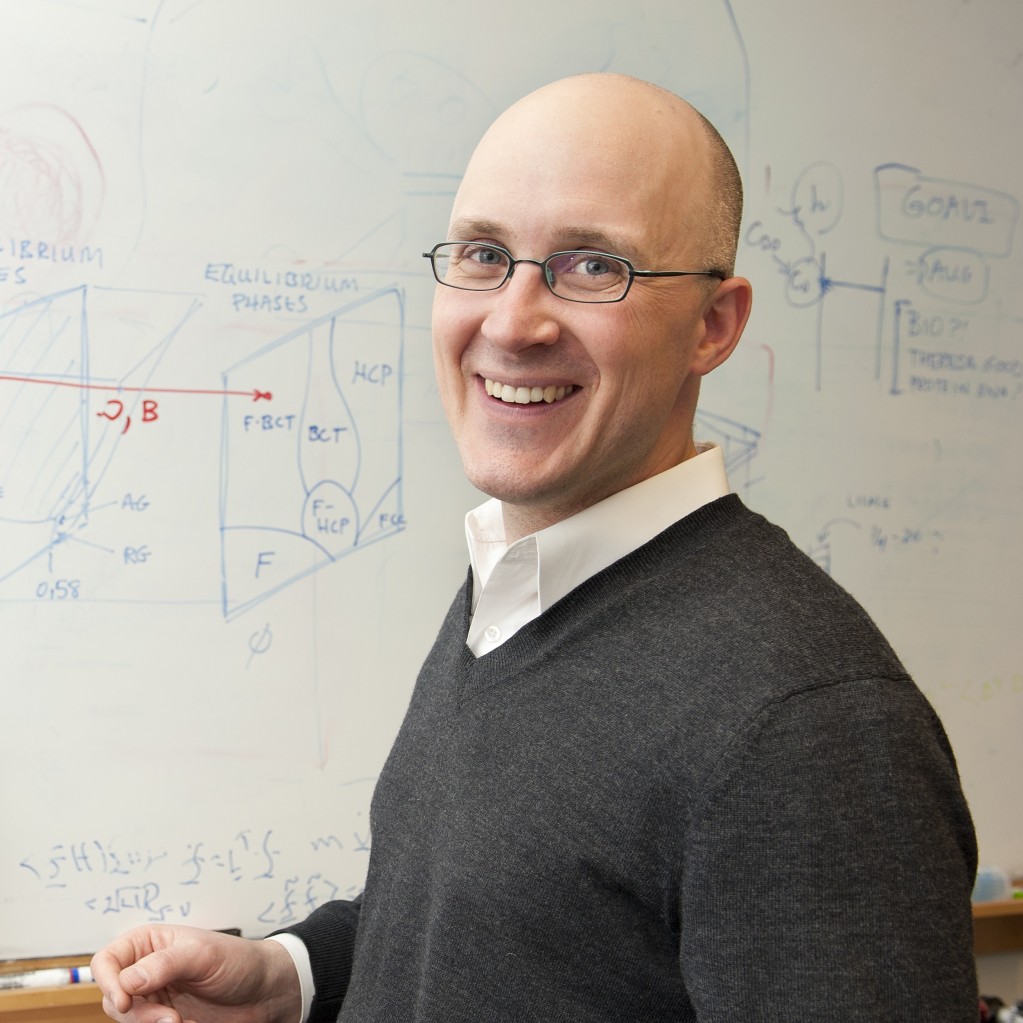 Soft Matter lectureship award winner Eric Furst talks to Chemistry World writer Jennifer Newton.
Soft Matter lectureship award winner Eric Furst talks to Chemistry World writer Jennifer Newton.
Who or what inspired you to become a scientist in the first place?
It was in my blood – I came from a family of engineers so I was exposed at a very early age to science and engineering. I was almost pre-destined in that sense. As a kid, I was inspired by visits to the air and space museum as well as the Space Program here in the US. I even had a picture of the Space Shuttle Columbia over my bed.
Your research is focused on soft matter. What attracted you to that field?
It happened when I was an undergraduate at Carnegie Mellon University, where there was a tremendous group of faculty, including Bob Tilton who I worked with directly. They had a wonderful program on colloids and polymers and that’s when I really got hooked. I started to study polymer adsorption and interfaces and read a lot in the literature about polymer thermodynamics. It’s an area with engineering applications, something that I am obviously interested in. The physical chemistry of the systems is so neat and profound. I also really enjoyed the more fundamental side to it.
I then went on to do a PhD at Stanford University, working with Alice Gast, and that was her area. It has always been a subject that a lot of engineers work on, especially in the US, but it is also a fertile ground of chemists, physicists and materials scientists and I really like that multi-disciplinary aspect of the soft matter community.
You’ve been awarded the 2013 Soft Matter lectureship. How does that feel?
It’s tremendous. It’s amazing recognition and I’m honoured by it. When you look at the names associated with the award, many of whom I know personally, they’re great young leaders in the field. I’ve found the soft matter area to be my intellectual home and I’m really excited to have that sort of exposure.
What do you class as your most important contribution to the soft matter field?
I can tell you about my favourite contributions. One of them has been microrheology. This is an area that actually dates back almost 100 years with people looking at Brownian motion, including Einstein. About 20 years ago now, Dave Weitz and Tom Mason had the idea that you can use this motion to learn about the rheology of materials and the rheology of systems. I think we’ve made some really nice contributions to that in terms of the gelation of biomaterials. Along with my collaborators, we’ve been able to show how microrheology can be used to screen materials to get an understanding of their physical properties and their rheology. It has a gorgeous engineering aspect to it and it fits nicely into the ideas that people have for screening materials and creating libraries of materials. There is some beautiful underlying physics in the problem too.
Another contribution we’ve made is to do with the directed self-assembly of materials. How can we get things like nanoparticles or colloids to self-assemble into unique structures? There is a tremendous amount of work going on in this area right now. And we’ve been able to show how fields can be useful to direct self-assembly.
What do you imagine will be the next big breakthrough in your field?
Along the lines of directed self-assembly, a major breakthrough will be when we get predictive capabilities. Materials chemists have been extremely creative at making particles with different shapes and with different directing interactions. Right now we are sitting on a cusp where we have an enormous library. To make the leap to manufacturing to make real materials that are functional would have huge benefits. Self-assembled nanomaterials are very scalable and would become very low-cost. It’s a very enabling type of technological advance. Things like the Materials Genome Initiative and increases in computational power are giving us a tool box to make those advances.
Is there a particular question you are trying to answer in your lab at the moment?
Not exactly. One of things I love about soft matter is that I can be as unfocused as I want!
We do want to better understand directed self-assembly. I think we’re at the tip of the iceberg for finding the building blocks and pathways that lead to certain structures.
We’re also really interested in protein therapeutics and that just shows the breadth of the problems you can tackle with soft matter research. For years, my research group has focussed on rheology – the flow of materials – and with that comes microrheology, which is a really enabling method to study the stability and the viscosity of protein solutions. With protein therapeutics emerging in the market place we could help develop upstream processes to identify proteins and the best way to manufacture them. We have a project with industry on protein therapeutics that is a little more directed to engineering applications and actually getting things to market.
What’s your favourite piece of equipment in your lab?
It’s got to be the laser tweezers we’ve been using for the past 12 years. Picking things up with light never gets old. It’s one of those wacky things. We’ve used them in complex fluids to pull things apart and glue things together. Microscopy is an important technique for soft matter but to be able to go in and prod things – that adds an extra dimension. You can see what it looks like but what happens when I poke it?
Have you got a favourite material that you like to work with?
Colloids. Colloidal suspensions are so unique. They’re building blocks, they’re little rheometers, so many of the things we use on a day-to-day basis have a colloidal component.
What advice do you have for young scientists?
Look for opportunities. Look for the people who are going to mentor you. Watch what they do and remember that. Students and young people need to figure out what they’re excited about. Get in laboratories, discover things and ask questions.
Can you tell us a little known fact about yourself?
I really enjoyed being a radio DJ in my undergraduate and graduate days. Music has always been a tremendous part of my life. Breaking boundaries in music is a lot like science. You’re always asking, “what don’t I know?”
The interview with Eric Furst was first published in Chemistry World.
http://www.rsc.org/chemistryworld/2013/06/interview-eric-furst-soft-matter-rheology











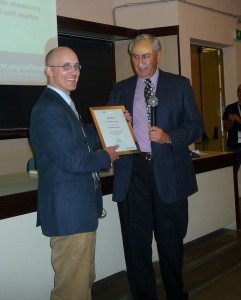
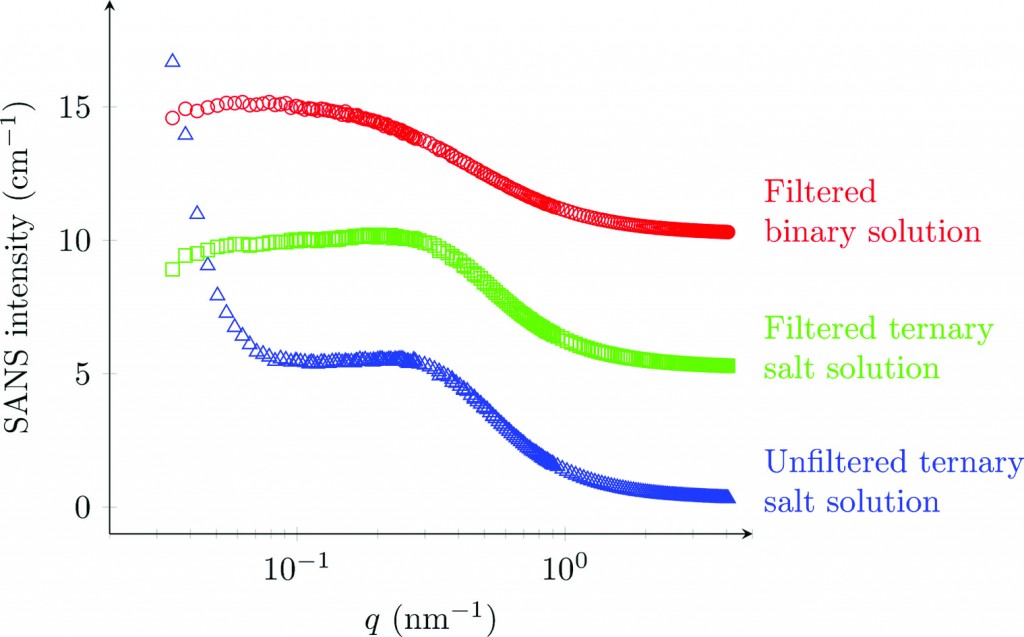
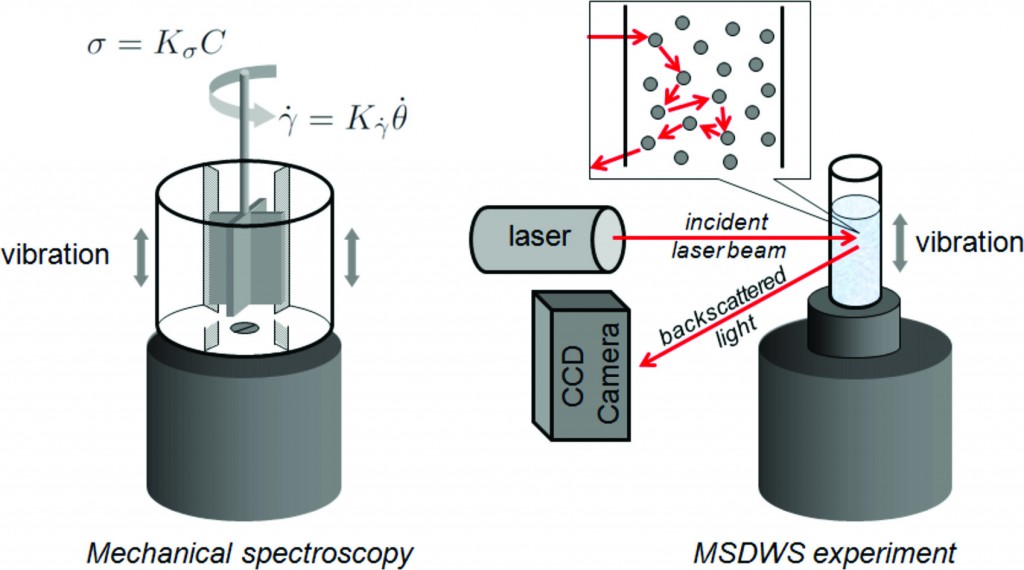
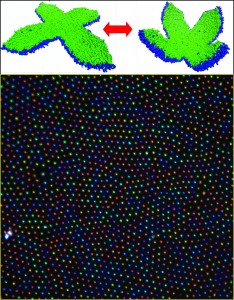



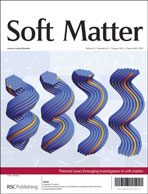
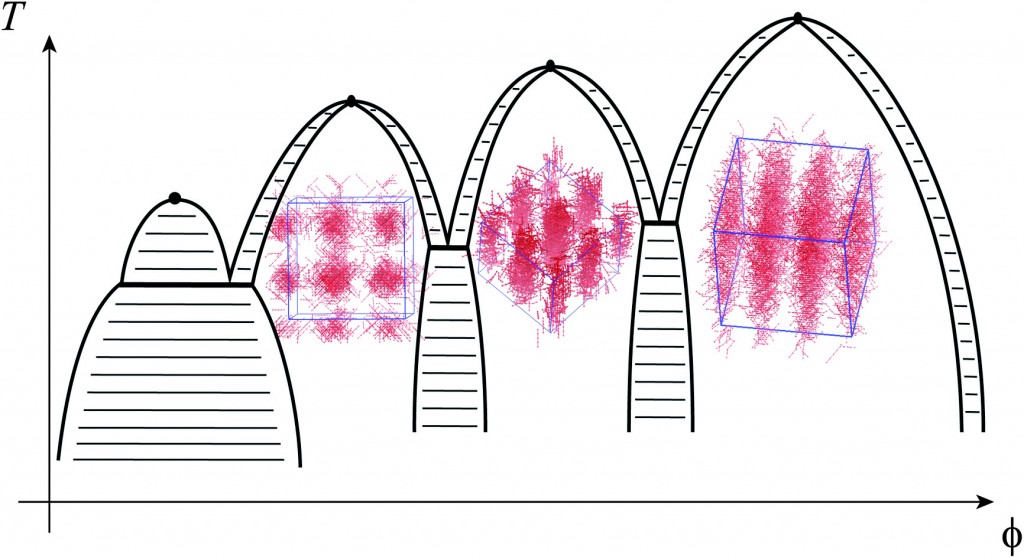
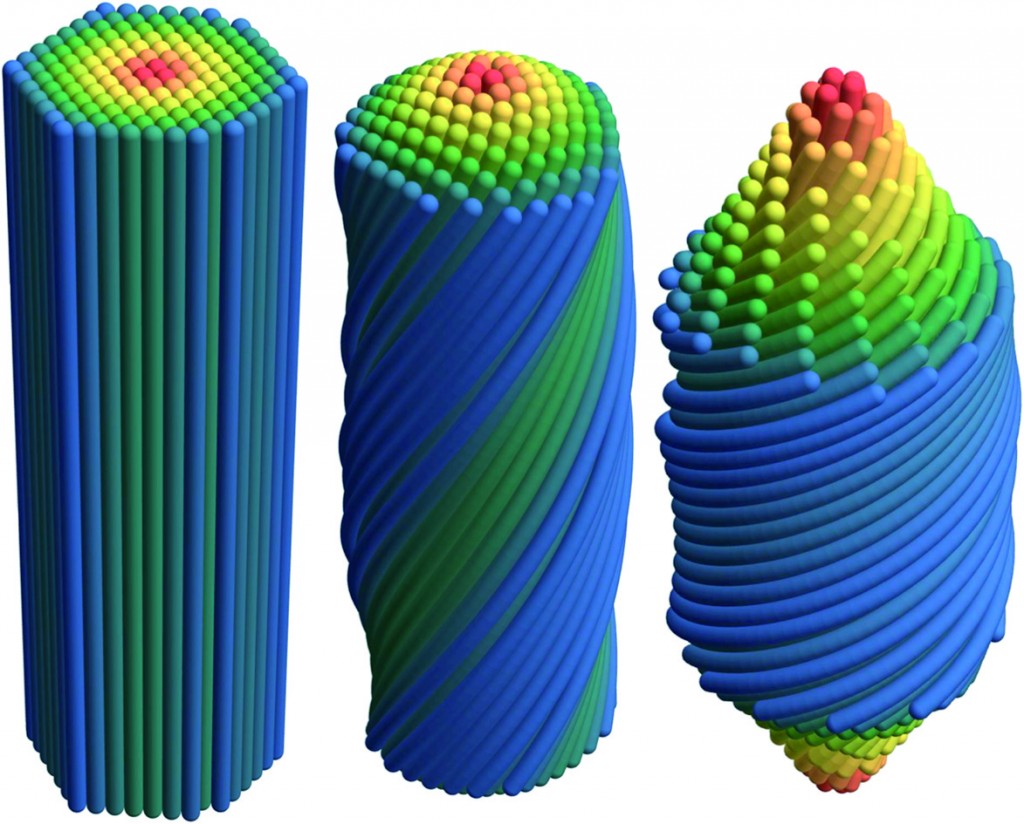
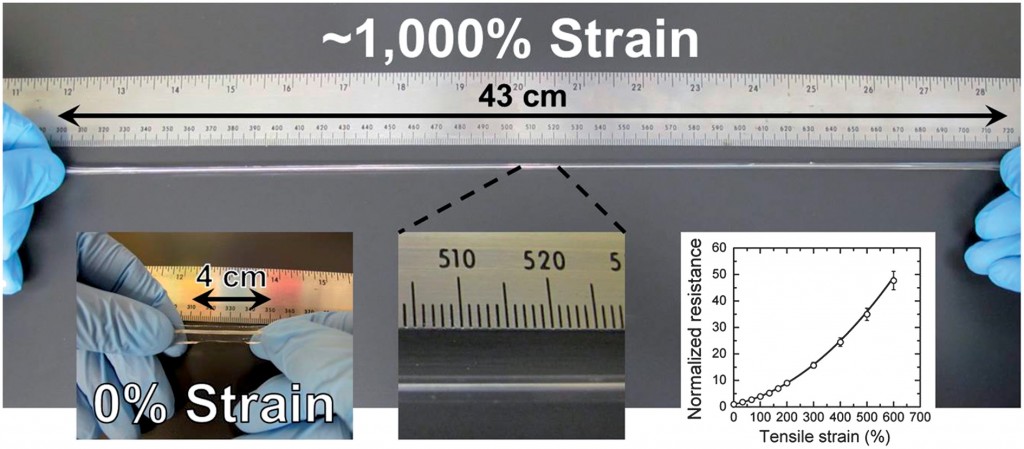
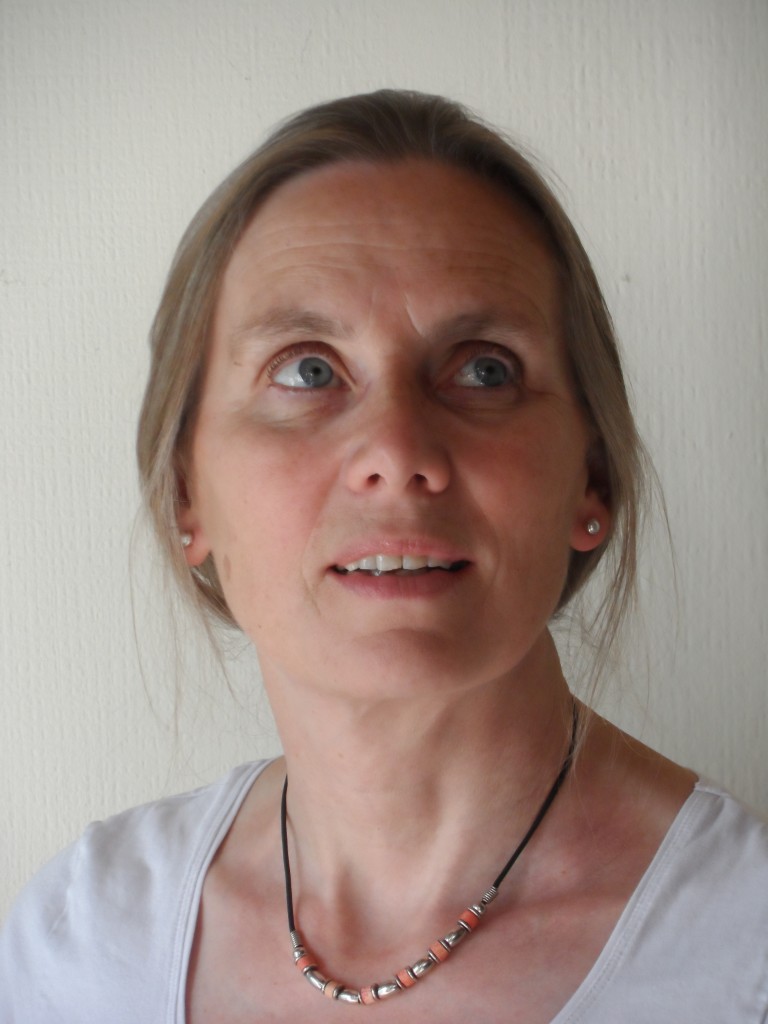
 Soft Matter lectureship award winner Eric Furst talks to
Soft Matter lectureship award winner Eric Furst talks to